Top 5 tours La Maddalena Archipelago
Boat Tours
- 6 hours
- Palau
Boat Tours
- 7 hours
- Palau
Boat Tours
- 7 hours
- Cannigione
Boat Tours
- 7 hours
- Palau
Boat Tours
- 7 hours
- Palau
Discovering Bear Rock: a path between history and legend
An iconic symbol of Gallura: the Bear Rock, also known as Capo d'Orso, is one of Sardinia's most famous natural monuments. Located in the territory of Palau, this striking granite formation dominates the landscape with its unmistakable silhouette that, from a certain angle, resembles the figure of a bear.
The Mediterranean Thicket and Typical Plants of Sardinia
Strolling in Sardinia amidst Flowers and Mediterranean Thicket. Typical plants of Sardinia that you can encounter during a nature hike

A walk in Sardinia takes only 10 minutes to encounter all these typical plants, with their wonderful colours and scents.
What is Mediterranean Scrub
The typical plants of Sardinia are included in the maquis. The maquis is the main type of vegetation that populates the coasts and hinterland of Sardinia.
It is a plant formation at predominantly shrub character distributed in hot and arid areas with low rainfall. These plant species can withstand and generally tolerate environments near the sea and salty winds.
You can admire typical Sardinian plants and the Mediterranean maquis during a walk or in the course of a boat trip with a stop on the beach and a walk in the backdune area.
Photos Plants and Flowers Mediterranean Thicket

Olbia nursery. Creation of gardens, sale of olive trees, plants, cut flowers, outdoor furniture. We are in Olbia, Viale Aldo Moro 511.
Usefulness of the Mediterranean Scrub
The plant species that make up the maquis grow predominantly on shallow soils even very close to the sea.
With their roots, these shrubs play a fundamental soil erosion protection contributing to the preservation of the landscape and coastal environments.
Like many plants, shrubs and bushes, the vegetation that makes up the Mediterranean maquis has many uses and healing properties. Plants have always been protagonists of popular culture and are used to cure diseases and to make artefacts.
Images Plants and Flowers Sardinia
Difference between shrubs and trees
The difference between a tree and a shrub is that trees have a generally well-defined trunk from which the branches that form the tree's crown branch off. The shrub has a more untidy appearance, like a bushIts branches start directly at ground level.
Below are some flowers, shrub and bush formations typical of the Mediterranean maquis and garrigue.
1. Cork Oak
Quercus suber, the Cork Oak is a plant that arouses curiosity and amazement in people not used to seeing and knowing it. The cork tree is one of Sardinia's typical plants. The bark is removed to obtain cork, the trunk that remains without bark takes on a brownish - deep red colour.
The cutting the cork is done manually by experienced personnel - Li Bucadori - that takes care of the well-being of the plant.
La Cork decortication is a very delicate operation: poorly executed cuts compromise the vitality of the plant and its yield.
Curiosities and Characteristics
Cork production is an art that requires patience. In order for the bark of the plant to be cut to give good cork, it is necessary to wait 15-20 years. La Sardiniatogether with the Portugalhas a long tradition in cork extraction. It is well known that the best corks are made in Sardinia.
Appearance and flowering
The cork tree is an imposing plant, in the adult stage reaching up to 15-20 metres in height, long-lived and evergreen. Blooms around April May and fructifies around October November.
The fruit is an acorn oval in shape, green when unripe, turns brown once mature.
Properties and benefits
In ancient times, cork oak was used for reduce fever and as an anti-haemorrhagic. Currently, thanks to its tannins, it is attributed mild astringent, antiseptic, vasoconstrictive, antiviral and analgesic properties.
Video Cork Mining Sardinia
Cork Oak Photos, Cork Oak Pictures
Culture and Literature: Canto Del Servo Pastore, Fabrizio De Andre'
Song of the Shepherd Servant, Fabrizio De Andre'
[...] Above every cistus from here to the sea
There's a bit of my hair
Above each cork the drawing
Of all my knives
The love of homes
Love dressed in white
I never knew it
And I have never betrayed him [...].
2. Holm Oak
Quercus ilex, a typical Mediterranean plant very common in Sardinia, easy to see during a nature walk.
The Holm oak is a slow-growing evergreen plant, considered the Long-lived Mediterranean Giant because it can apparently reach an age of over 1000 years. In particular environments, it can take on a shrub-like appearance.
Curiosities and characteristics
Culture and literature
- Due to its longevity in some areas it is planted as good omen for example for a wedding and long life wish for newborns
- On coat of arms of the Italian Republic an olive branch - peace - and a holm oak twig - strength - are inserted
- Holm oak wood is used as fuel for firewood and charcoal
- Acorns are used as animal feed
Appearance and flowering
The Holm Oak is a majestic plantIt can reach up to 30 metres in height. It flowers in late spring from May to August and bears fruit until September October. The fruits are ovate-shaped acorns.
Properties and benefits
In ancient times, oaks were used to reduce fever - antipyretic - and as an antihaemorrhagic. Nowadays, oaks, thanks to their tannins, are attributed mild astringent, antiseptic, vasoconstrictive, antiviral and analgesic properties.
The holm oak is mentioned in the Prancing Baron by Italo Calvino where the protagonist climbs an Elce - Holm oak - and decides never to come down from the trees again.
The Baron in the Trees, Italo Calvino
[...] Cosimo was on theelk. The branches were flailing, high bridges above the earth. A light wind was blowing; it was sunny. The sun was in the leaves, and we had to screen ourselves with our hands to see Cosimo. Cosimo looked at the world from the tree: everything, seen from up there, was different, and that was already fun [...].
Holm Oak Pictures

Olbia nursery. Creation of gardens, sale of olive trees, plants, cut flowers, outdoor furniture. We are in Olbia, Viale Aldo Moro 511.
3. Olive tree
Olea oleasterthe wild olive tree is literally a wild olive, a growing plant spontaneous in the maquis. The wild olive tree is also a typical Sardinian plant, very common and always astonishing. The trunk of the wild olive tree is twisted and stocky. When grafted, it produces the olive tree that we know well as a plant and in the form of fruit and oil.
Curiosities and Characteristics
- In Sardinia, the Olivastro fruits are used to produce a limited quantity of special oil. L'olive oil is a product that is still little used but has very interesting properties
- On coat of arms of the Italian Republic an olive branch - peace - and a holm oak twig - strength - are inserted
- The wild olive tree is a fascinating and extremely long-lived such as the Ulivi Millenari Di Luras: 4000-year-old trees
Appearance and flowering
The wild olive tree can look like a tree or shrub which flowers in spring and bears fruit in winter. The fruits of the wild olive are a drupea fleshy fruit containing a seed. The fruits of the wild olive are finer and poorer in oil than its domestic relative.
Properties and benefits
The healing properties of olive oil are well known. Currently being investigated and studied are the beneficial properties of wild olive oil.
Possible benefits include the possible normalisation of levels of cholesterol and fats in the blood with the prevention of diseases cardiovascular and hypertension.
The possible beneficial influence on metabolic processes and delayed ageing due to the content of antioxidants.
Olive Tree Photos, Wild Olive Tree Pictures
Culture and Literature: A Un Olivo, Luigi Pirandello
As is easy to imagine and remember, in the literature - Oil, Olive and then Olivastro - were praised and extolled by many famous authors.
Homer, Ovid, Virgil, Cicero, Horace, Gabriele D'Annunzio, Giovanni Pascoli, Federico Garcia Lorca, Eugenio Montale, Giuseppe Ungaretti, Pablo Neruda
To An Olive Tree, Luigi Pirandello
How many things will you know, you who do not yield
for three hundred and more years, O gloomy olive tree,
Of the winds at the shock, and here I stand
you stand on this lonely cliff [...].
4. Perastro
Pyrus pyraster, the wild pear tree is a shrub that can grow to the size of a tree under favourable conditions and reach a height of 6-8 metres. The perastro - pirastru - is the ancestor of the common pear that is served on our tables.
Curiosities and Characteristics
- The wood of the Perastro is particularly compact and hard, due to these characteristics it is often used for marquetry, carving and turning work
- In some cultures, the peraster is considered the tree that attracts dragons, witches and demons
- The pear tree was also sacred to Isis, to Hera and Athena
Appearance and flowering
Flowering is in spring, depending on the area of settlement it starts between March and April, fruiting in October. I branches are thornywhite flowers, the fruit maturing in late summer is hard, small and rounded - different from the pears we know - with an acidulous and astringent taste.
In spring its blooms are truly spectacular. The peraster grows wild from sea level up to over 1,000 metres above sea level, and many can be found all over Sardinia, including on the road to the Sequoias on Mount Limbara
Properties and benefits
In ancient times it was used for its laxative and diuretic properties. It is widely used as an antipyretic.
Perastro Photos, Wild Pear Pictures
Culture and Literature: The Temptations The Way of Evil, Grazia Deledda
Temptations The Way of Evil, Grazia Deledda
[...] where the peri with yellow leaves, laden with ripe fruit that looked like wax in the sun ready to melt, "the day after tomorrow we will pick pears." [...]
5. Juniper
Juniperus sp.the Juniper, the Kingcharming and attractive, hires sinuous and seductive shapes.
Its wood has a scenting particularly intense, almost peppery. Entering the old houses it is still possible smell the perfume of juniper trunks placed as lintels.
There are many varieties of juniper, the common and dwarf juniper, the Phoenician juniper, the red juniper and the prickly juniper. The juniper grows in arboreal and shrubby forms and small trees reaching up to 10 metres high.
The common juniper is a pioneer plant slow-growing. It settles on dry and stony ground and with its roots consolidates the soil and encourages the establishment of new vegetation.
Curiosities and Characteristics
Juniper has always had many uses:
- production of GIN and schnapps
- used as a lintel and as decorative element in the stazzu and houses in Sardinia
- inlaid for the production of knife handles
- is used for carving work
- berries 'cuddling"are used in sauces, stews and in game dishes
Appearance and flowering
Leaves generally needle-shaped and prickly. Flowering is mainly in spring, varying according to species and latitude. In Sardinia it is widespread thanks to its adaptability.
You can observe spectacular junipers with incredible shapes on the path leading to the Nuragic Village Tiscali and throughout the supramonte.
Properties and benefits
Juniper is attributed with properties balsamic and antisepticIt is used to relieve rheumatic pains. Its use is also known for digestive and skin disorders, respiratory and urinary tract diseases.
Photo Juniperus, Pictures Juniperus
Culture and Literature: The Rain in the Pine Grove, Gabriele D'Annunzio
The Rain in the Pine Grove, Gabriele D'Annunzio
[...] Listen. It's raining
from the scattered clouds.
It rains on the tamarisks
brackish and burnt,
it rains on the pines
scaly and bristling,
it rains on myrtles
divine,
on the bright gorse
of flowers welcomed,
on the thick junipers
of aulent cuddles […]

Olbia nursery. Creation of gardens, sale of olive trees, plants, cut flowers, outdoor furniture. We are in Olbia, Viale Aldo Moro 511.
6. Strawberry tree
Arbutus unedo, the strawberry tree is a shrub that can also have a tree-like habit that produces fleshy fruits granular in character, sweet and delicious.
Curiosities and Characteristics
A tricolour patriotic plant: green leaves, white flowers, red fruitswhen flowers and fruit coexist on the plant are the prelude to the Italian flag.
Use of the arbutus:
- fruits can be tasted directly, or in preserves, jams and in spirit
- bees produce the precious bitter arbutus honey
- grappa, liqueur and wine
Appearance and flowering
Evergreen shrub with white, pendulous flowers. The fruits of the arbutus a fully matured are soft and deep red in colour. The fruits ripen from September to December, depending on the latitude. The peculiarity of the strawberry tree is that flowers and fruit can be simultaneous.
Properties and benefits
Recognised in the strawberry tree are properties emollients useful for regularising intestinal functions, antioxidant, astringent and anti-inflammatory. Also used as a diuretic with anti-inflammatory functions.
Arbutus Pictures, Arbutus Pictures
Culture and Literature: Al corbezzolo, Giovanni Pascoli
To the Arbutus Tree, Giovanni Pascoli
[...] i white flowers put when red
you already have berriesand begin again eternally,
almost for others but for you it was not
the idleness of winter;
o green italic treeyour May
is in the mist: if everything dies,
you the wild youthful gonfalon
explain to the bora
[...] for then you called as you still call,
to your strawberry reds and whites
your flowerscrows, at one and the same time, and bees: swarms,
àlbatroand herds.
[…] The tricolour!... And the hirsute old Faun
of the Palatine called him by name,
tall weeping, the first fallen hero
of the three Rome's.
7. Broom
The generic appellation Broom commonly refers to the macro ensemble that encompasses certain leguminous plants present in Sardinia belonging to the genus Genista, Spartium, Calicotome and Sarothamnus.
This group includes the Ginestra dei Carbonai, Ginestra della Nurra, Etna or Etna broomGinestra Spinosa and many others.
Broom is a leguminous, shrubby plant that can grow to a considerable size. During the spring period the broom blossoms are really spectacular: an explosion of scents and yellow flowers overpowering everything.
Curiosities and Characteristics
- It is a leguminous fruits so they are real hairy pods
- Some brooms are particularly rich in thorns and are often used for create hedges that are not easy to cross
- The Ginestra della Nurra or Ginestra Sarda and the Ginestra di Moris are endemic in Sardiniayou can admire the blooms in the area of, for example Alghero Capo Caccia and in the Sant'Antioco area
- Broom is also used in perfumery and as a colouring agent
Appearance and flowering
Broom generally flowers in spring. Its yellow flowers are very fragrant and very pleasing to bees. It has thorny branches that in late summer are filled with legume pods.
Properties and benefits
Broom is attributed many properties: used in relaxing herbal teas, it regularises the heart rate, has diuretic, laxative and tonic properties
Broom Photo, Images
Culture and Literature: Niffoi, D'Annunzio and Giacomo Leopardi
A really enjoyable read is the famous book by Salvatore Niffoi, The Legend of Redenta Tiria. Tirìa in Sardinian is the name used to indicate broom and in general large thorny shrub formations.
Broom is also celebrated by Gabriele d'Annunzio in La Pioggia nel Pineto.
Famous is Leopardi's song containing reflections on the world, man and nature.
La Ginestra, O Fiore Del Deserto, Giacomo Leopardi
[...] Which no other cheerful tree nor flower,
Your solitary tufts you scatter around,
Odorata broom,
[...] And you, slow broom,
That of fragrant forests
These countryside adorned
8. Myrtle
Myrtus communis, the myrtle is a shrubby plant typical of the Mediterranean maquis, one of the symbols which has always conjured up images of Sardinia.
A bush with fragrant leaves encountered really everywhere during a nature walk in Sardinia, especially in association with cistus and lentisk.
Curiosities and Characteristics
Encountering a Myrtle bush, gently rubbing their fingers over the leavesits typical intense, floral and fruity perfume is released.
Myrtle is the digestive par excellence in Sardinia. Definitely worth tasting is the thick and fragrant homemade myrtle liqueur.
Appearance and flowering
Le abundant blossoms of Myrtle are generally typical of late spring - early summer. Spectacular second blooms in late summer - autumn.
Myrtle fruits are berries dark red/purple/black colour that ripen in the autumn-winter period.
Properties and benefits
Myrtle is attributed antiseptic, balsamic and anti-inflammatory properties. Excellent for digestive system problems.
Myrtle Photos, Myrtle Plant Images
Culture and Literature Dora Markus The Occasions, Eugenio Montale
Bearer of good omen and symbol of triumphs and victory Myrtle has been omnipresent in poetry since ancient times.
In Eugenio Montale's Le Occasioni, the poetic poem Dora Markus, myrtles are mentioned, placed in this case in an unlikely mountain landscape:
Dora Markus - The Occasions, Eugenio Montale
[...] by myrtles flowers and ponds,
bent over the edge awaken
the carp shyly biting [...].
9. Cistus
Cistus sp.cistus is a shrub that dominates the panoramas of Sardinia and the Mediterranean maquis with its enchanting blooms. In spring, along with the broom blossoms, those of the cistus enliven and colour the deep green countryside and hillsides.
In Sardinia there are many species of cistus, to simplify, the bushes you see are mainly of White Cistus, Pink Cistus and Yellow Cistus.
Among the cistus species present in Sardinia are Cistus of Montpellier, Cistus of Crete and Cistus of Corsica. There are also a number of endemisms present particularly in the central part of the island.
Curiosities and Characteristics
Cistus is an evergreen, pioneer plant that colonises dry, fire-prone soils. Cistus bushes thus help other plant species to establish themselves and prevent soil erosion.
La resin of Cistus of Montpellier is used in the preparation of perfumes. The Cistus honey is an excellent honey typical of Sardinia, rich in mineral salts.
Appearance and flowering
Cistus is a perennial shrub typical of the undergrowth, which generally presents itself with sticky, slimy leaves and small white drippings. Flowering is predominantly in spring depending on the species and latitude.
Properties and benefits
Cistus is attributed with properties antibacterial and anti-inflammatory. Traditionally, it was used as a gastro-protector.
Pictures Yellow Hypocystis, Pictures Cytinus hypocistis
Hypocystis is a small plant that can sometimes be seen under cistus bushes. This little wonder creeps between the roots of the cistus and settles there, creating a symbiosis.
Cistus Photos, Cistus Bush Pictures
Culture and Literature Noi siamo Sardi, Grazia Deledda
We Are Sardinians, Grazia Deledda
We are Sardinians
We are Spaniards, Africans, Phoenicians, Carthaginians,
Romans, Arabs, Pisans, Byzantines, Piedmontese.
We are the brooms of yellow gold that sprout
on the rocky paths like large burning lamps.
We are the wild solitude, the immense and profound silence,
the splendour of the sky, the white cistus flower.
We are the unbroken reign of the mastic tree,
of the waves rushing over the ancient granites,
of the rose hip,
of the wind, of the immensity of the sea.
We are an ancient land of long silences,
of wide and pure horizons, of misty plants,
of mountains burnt by the sun and vengeance.
We are Sardinians.
10. Lentisk
Pistacia lentiscusthe Mastic tree - sometimes incorrectly called Lentisk - is an evergreen shrub that can reach over 5 metres high.
The mastic tree is a very close relative of what is commonly called Pistachio.
Curiosities and Characteristics
In Sardinia theMastic tree oil has a very high traditional value, it was used to feed the oil lamps and for frying cakes and pancakes carnival.
The mastic tree is also known by the name Mastic Tree ".Mastic Tree"because in the past its resin was used as chewing gum.
Appearance and flowering
The flowering of the mastic tree is generally in spring, its inflorescences resemble small cobs.
The fruits of the mastic tree are small red berries spherical which turn black when ripe.
Properties and benefits
The mastic tree has very useful properties for disinfesting the gastric tract and oral cavity. It is also recognised for its antiseptic and antioxidant properties.
Pictures "Lentisk", Pictures "Lentisk
Culture and Literature: Maria Giovanna Cherchi and Maurice Ravel
Famous is the composition 'Chanson des cueilleuses de lentisques' included in Cinq mélodies populaires grecques by Maurice Ravel.
There is also a song by the Sardinian artist Maria Giovanna Cherchi in which the mastic tree is mentioned, proving its deep-rooted presence in popular culture.
Mediterranean, Maria Giovanna Cherchi
[...] Mediterranean
Daughter of the air that tastes like mastic treeof mallow and myrtle
Daughter of the air
That refreshes my thoughts in the morning and intoxicates me in the evening [...].
Listen to Maria Giovanna Cherchi Mediterranea on Spotify
Listen to Maria Giovanna Cherchi Mediterranea on YouTube
11. Erica
Erica arboreaheather - in English Heather - is a shruba bush that can reach over 5 metres high. The blooms of Erica are enchanting, very fragrant and delicate.
Curiosities and Characteristics
Heather was used for the broom production and pipes.
Le heather pipes of Sardinia were considered incredibly valuable. In particular, the part of heather wood taken for the production of pipe cookers was the root part at the base.
Appearance and flowering
The lember is very hard and reddish in colourThe leaves are dark green needle-shaped. Flowering generally occurs in early spring.
I flowers are pinkish white clustered in the shape of a bellflower. Very fragrant indeed.
Properties and benefits
Heather is a Mediterranean scrub plant to which are attributed diuretic properties and disinfectants. It was used to help with kidney stones.
Erica Photos, Erica Flowers Pictures
Culture and Literature: Wuthering Heights, Emily Brontë
Film Excerpt Wuthering Heights, Emily Brontë
[...] Have you ever observed the moor, Isabella? It is tormented by the winds, the storms, the ice of winter... Yet theheather It resists, it remains attached to the earth, always and in any case. It never betrays it, it does not abandon it to flourish in quieter places, its roots do not die, they know that their destiny is tied to the moor, even if it is harsh, hostile. But they love it as it is, without reservation. [...]
12. Asphodel
Asphodelus, the epithet Asphodel is used to refer to several herbaceous species that can reach incredible heights, flowers of over a metre.
Curiosities and Characteristics
In Sardinia, asphodel is skilfully woven by hand for the creation of valuable baskets, the famous handmade Sardinian Asfodelo baskets.
Known since antiquity, many peoples link the Asphodel to theotherworldly environment of the afterlife.
Appearance and flowering
It is a bare-stemmed herbaceous plant with rosette-shaped leaves from which a ear of flowers. Flowering is in spring and brightens up the fieldsmeadows and hills.
Properties and benefits
Asphodel was used for the liver care and detoxification and for skin care as a healing and soothing agent. It is considered a powerful antibacterial.
Photo Asphodel, Images Asphodel Flowers
Culture and Literature: Asphodel, Matsuo Bashō
Plant sacred to the ancient Greekshas always had an imposing presence in literature. The Asphodel is mentioned in theIn Praise of Madness of Erasmus of Rotterdam, Giovanni Pascoli, Virginia Woolf, Grazia Deledda, up to the books of Harry Potter by J.K. Rowling.
Asphodel, Matsuo Bashō
The first snow
crease just
the leaves of theasphodel.
Other Flowers and Plants Typical of Sardinia
The plants of Sardinia and, in general, of the Mediterranean maquis are an extremely vast subject. The flowers worthy of mention for their beauty, particularities and properties are equally numerous.
The common trait of all the plant formations that make up the typical flora of Sardinia is an explosion of unique colours, scents and sensations. A paradise for bees and insects, a true Ode to Nature.
Photos Flowers and Plants of Sardinia
How useful was this post?
Click on a star to rate it!
Average rating 4.7 / 5. Vote count: 62
No votes so far! Be the first to rate this post.


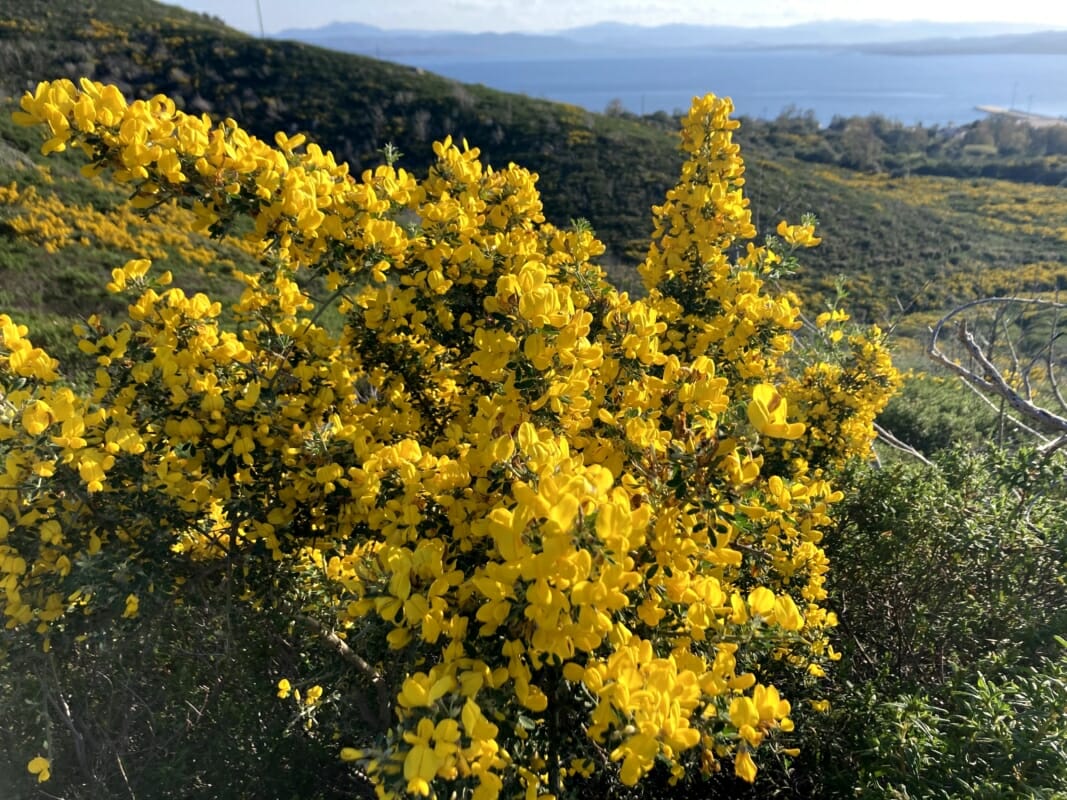
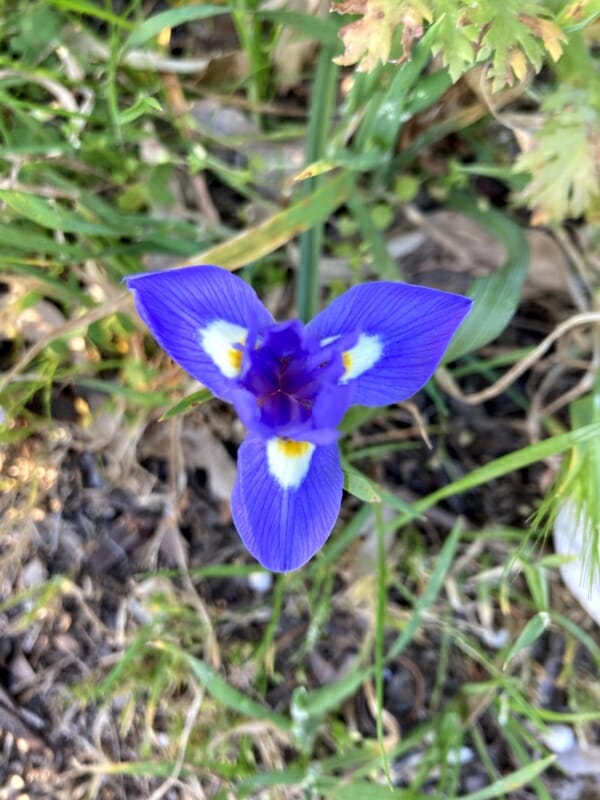



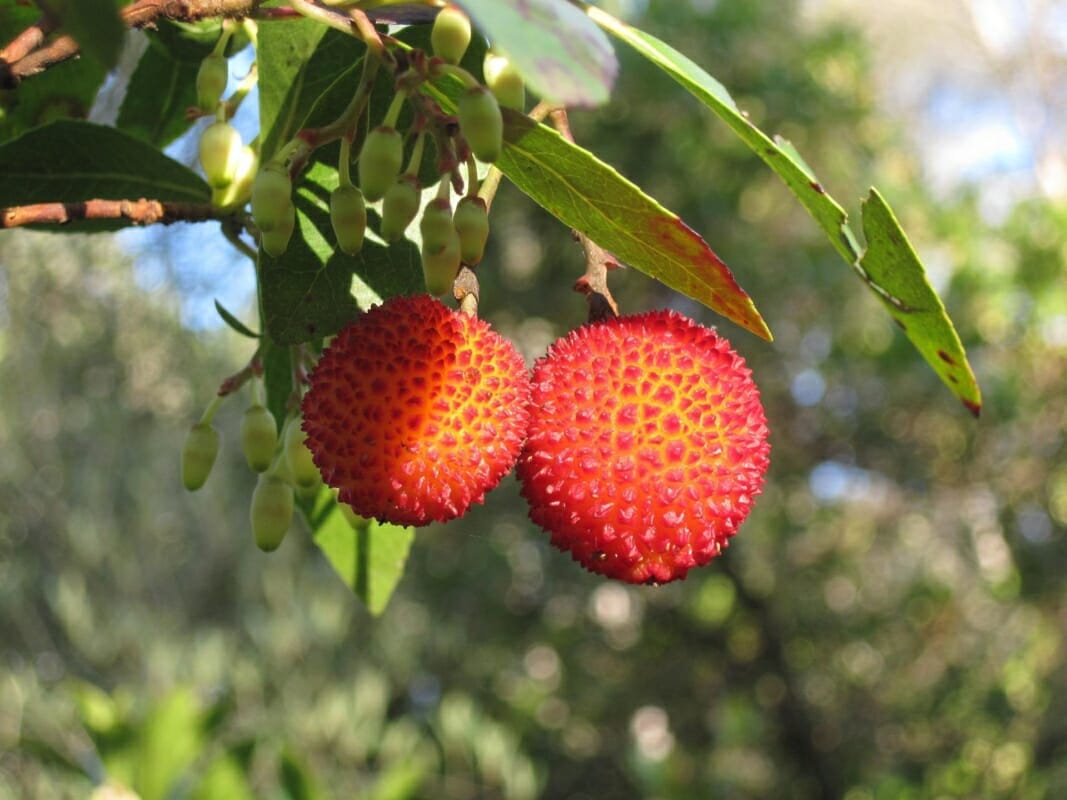

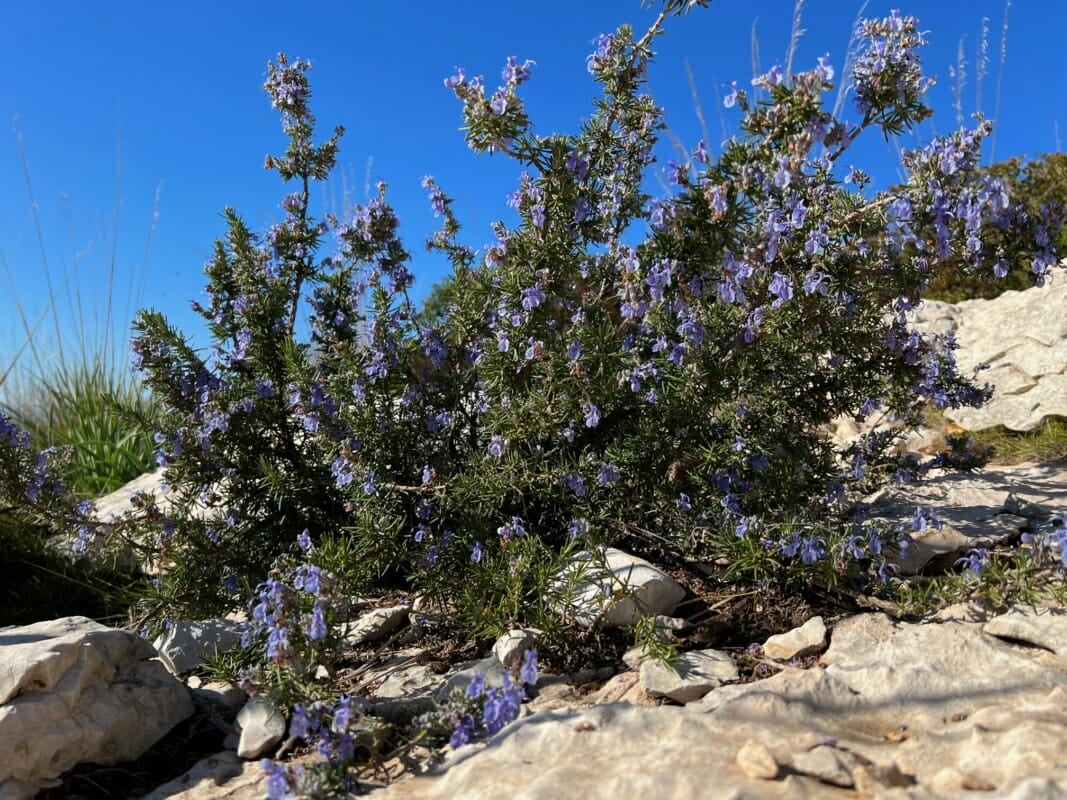

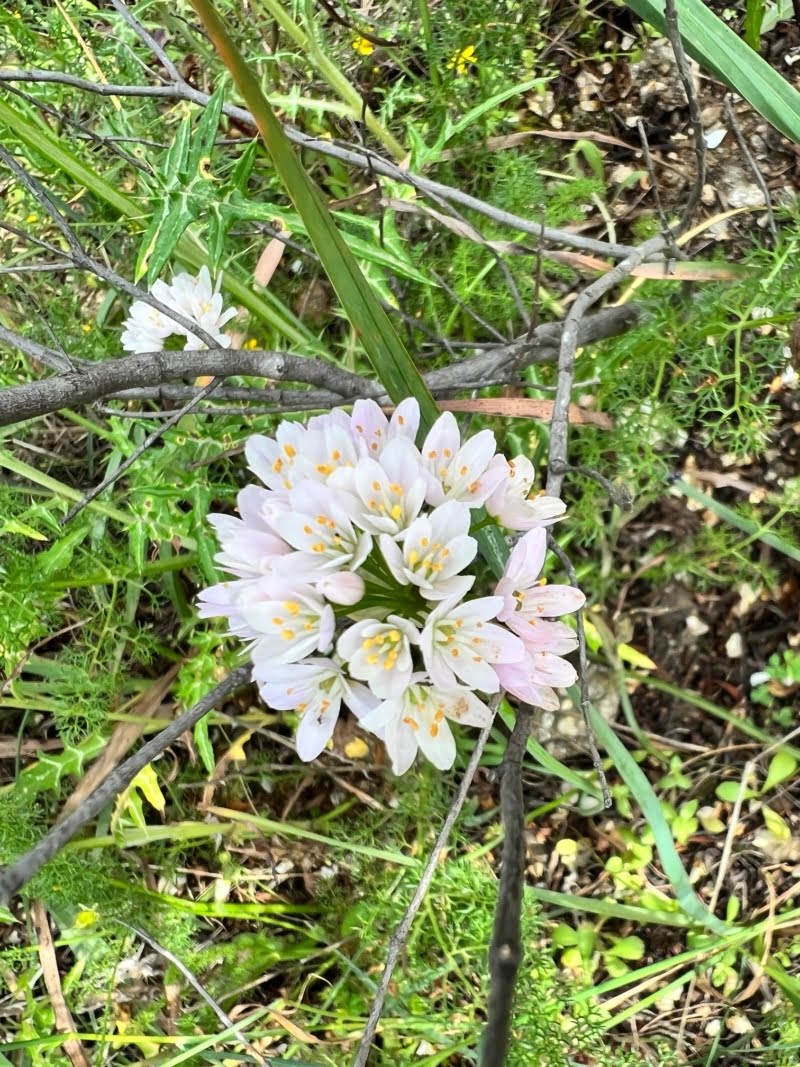
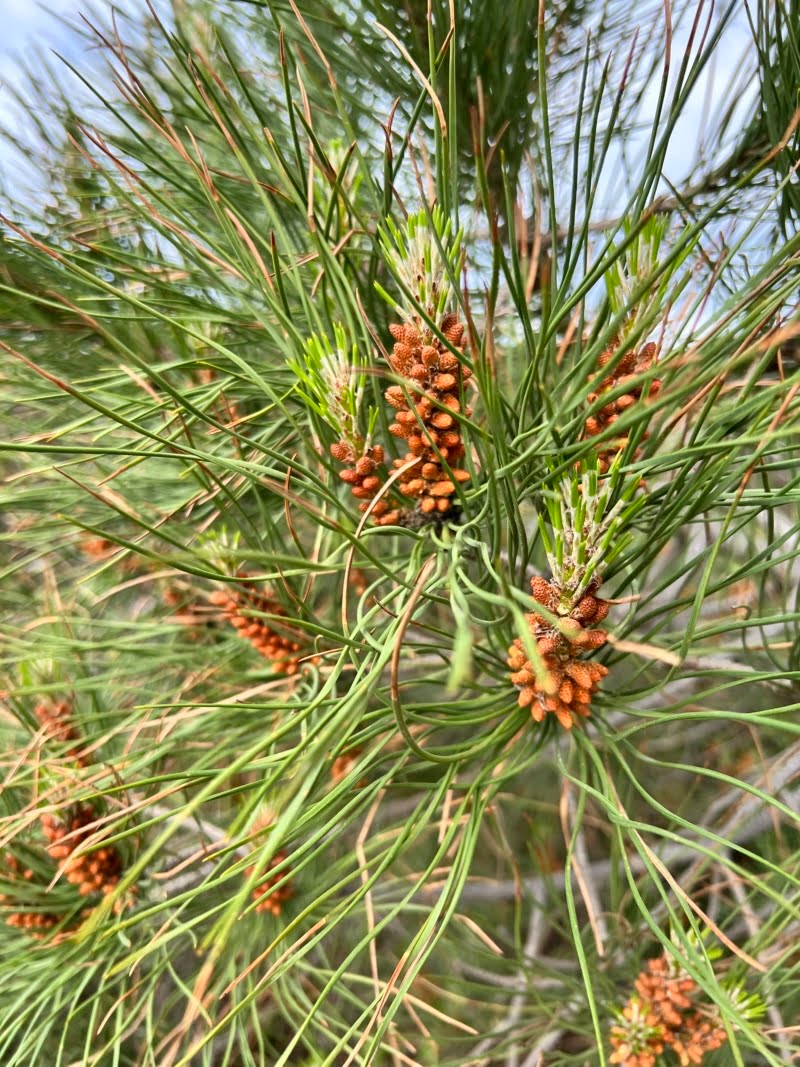
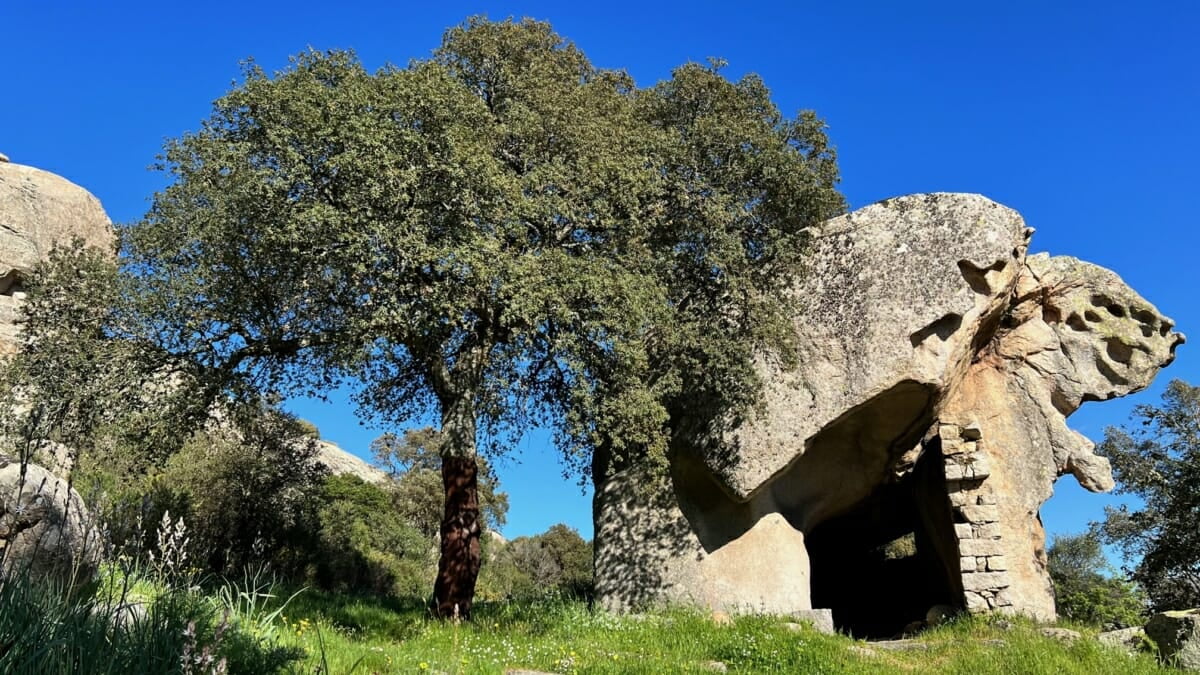
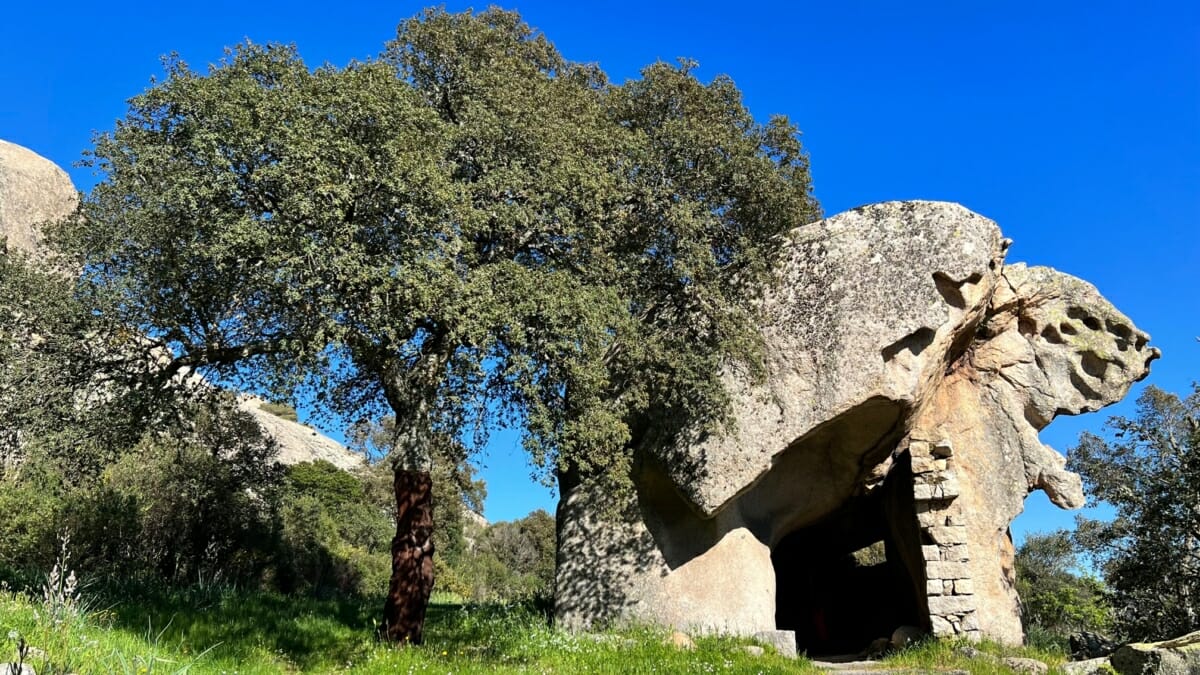


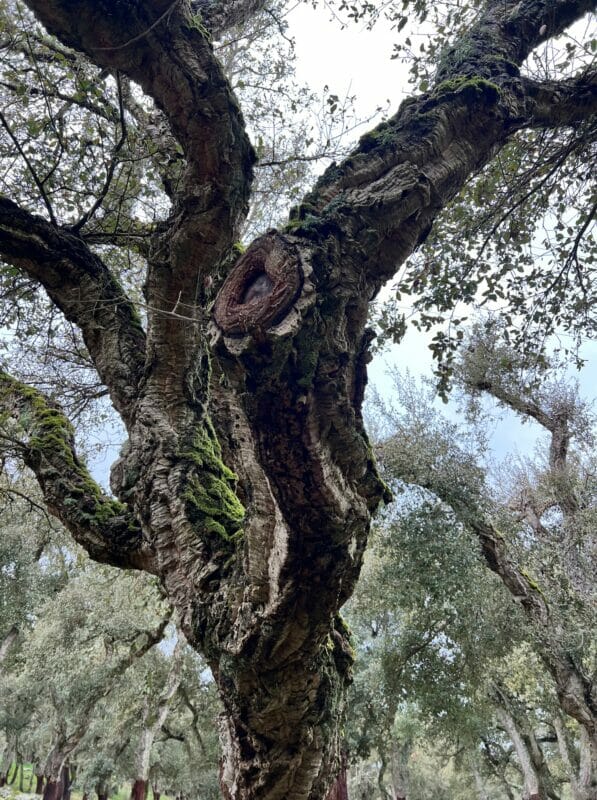

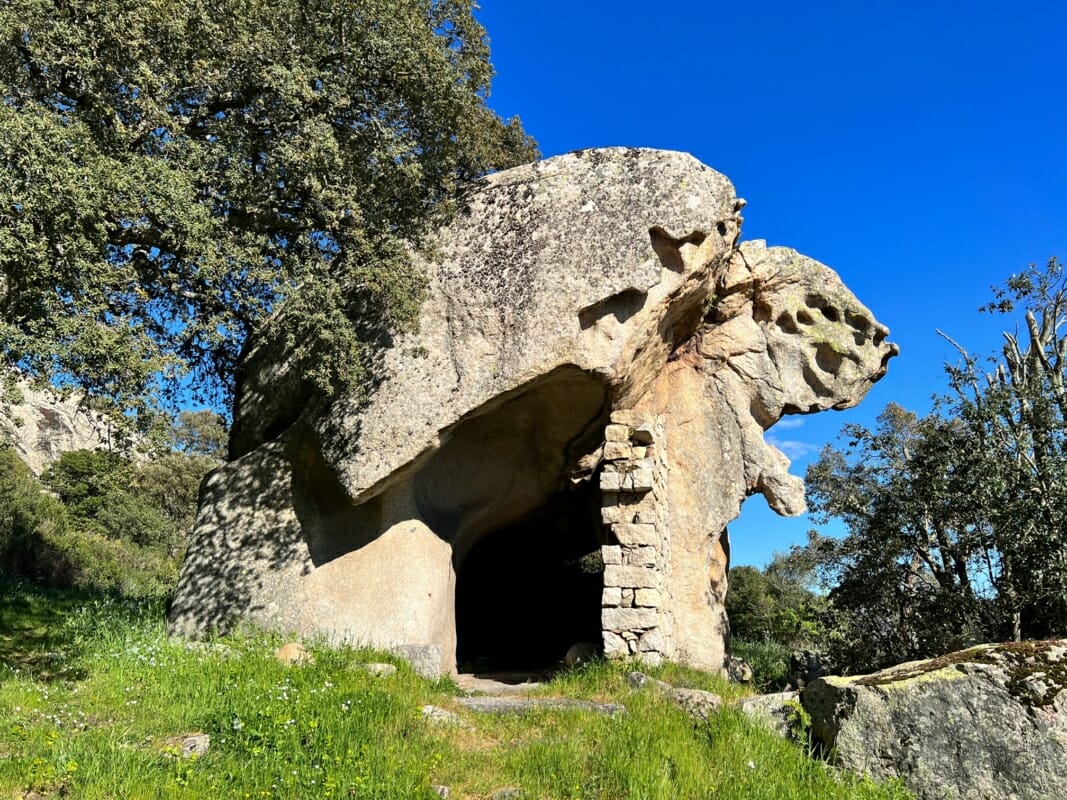
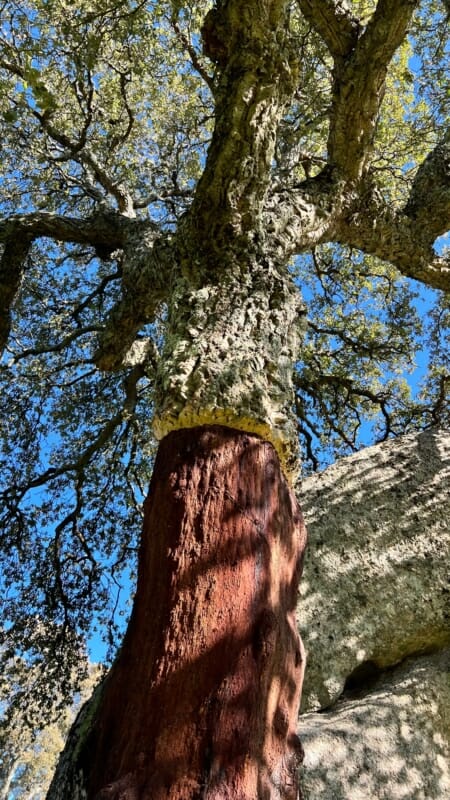







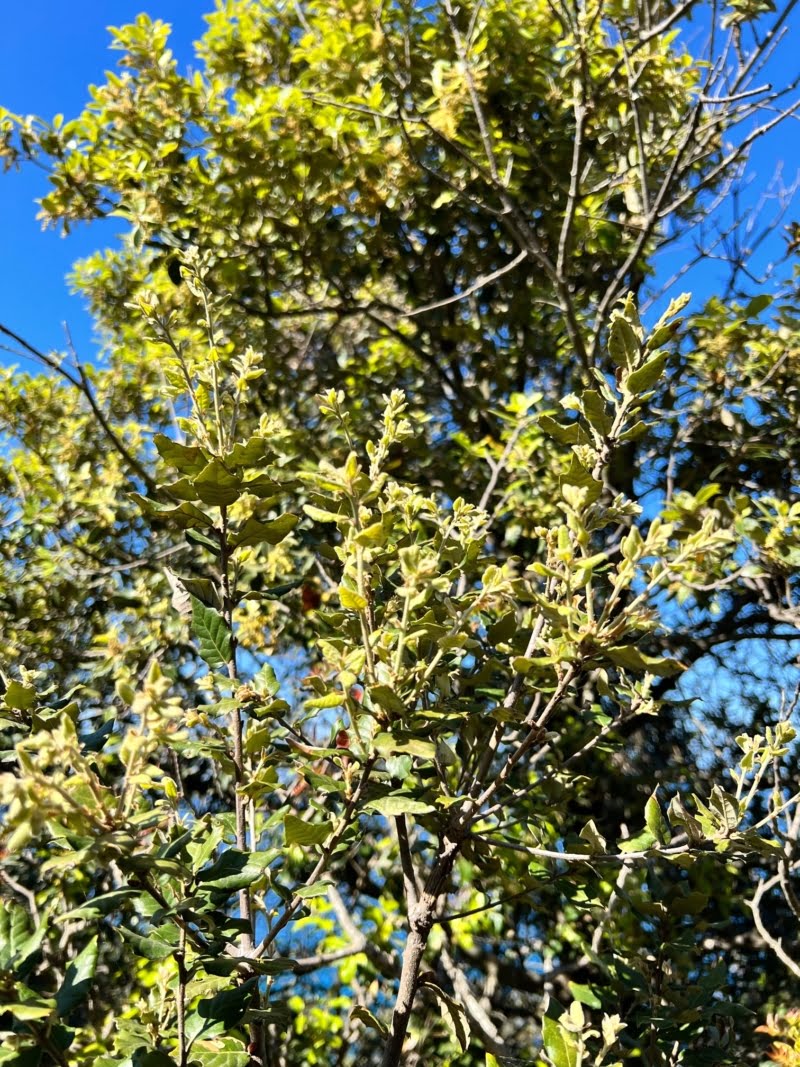







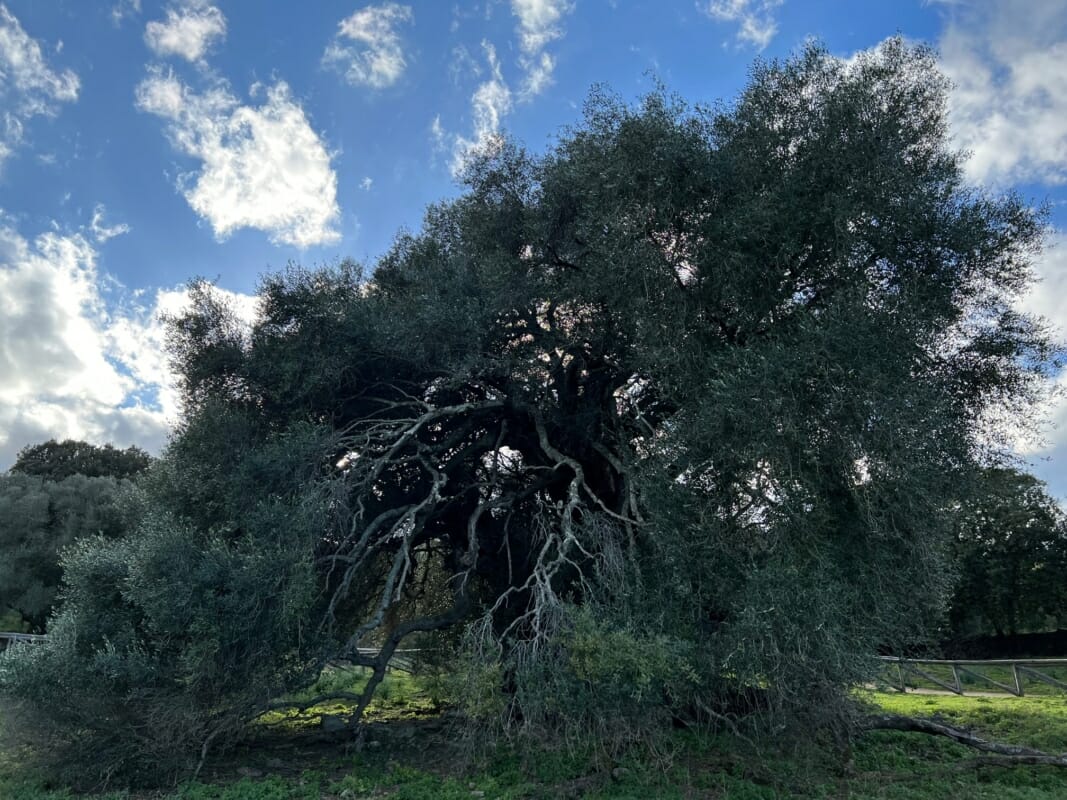


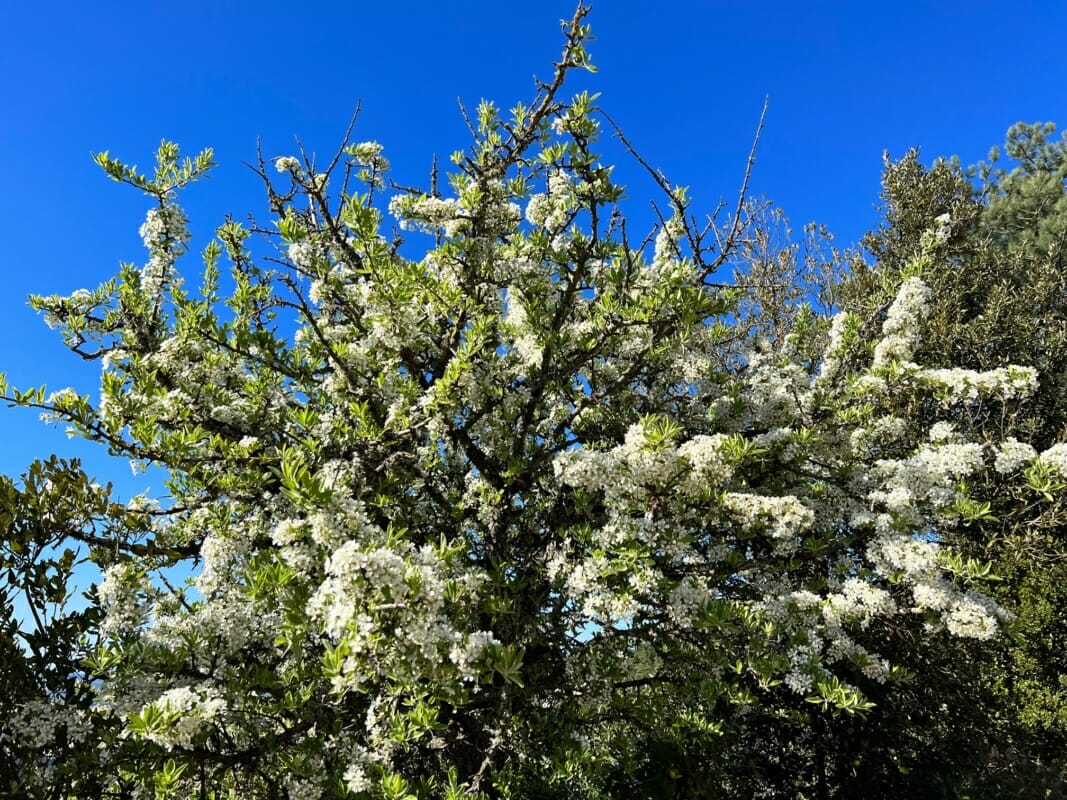
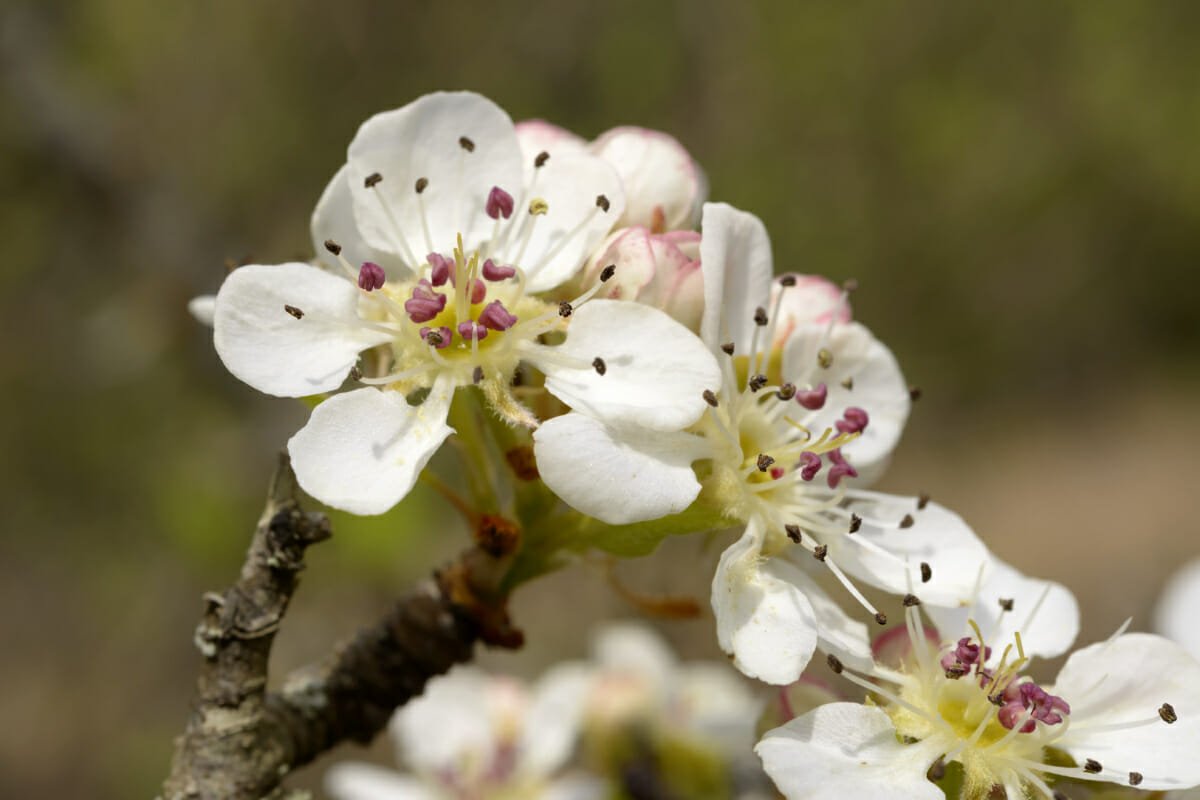


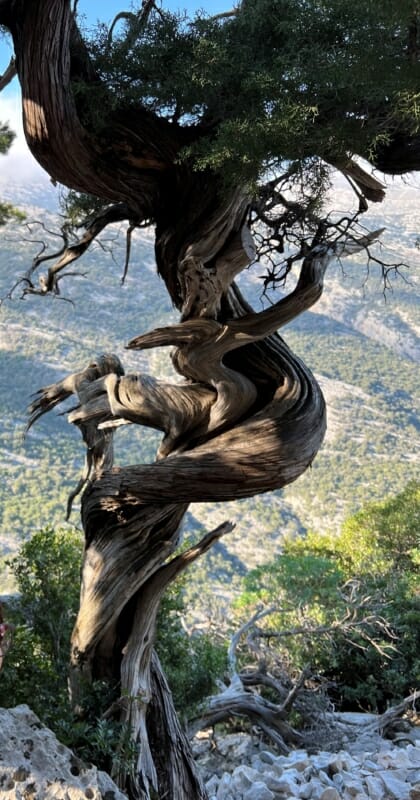





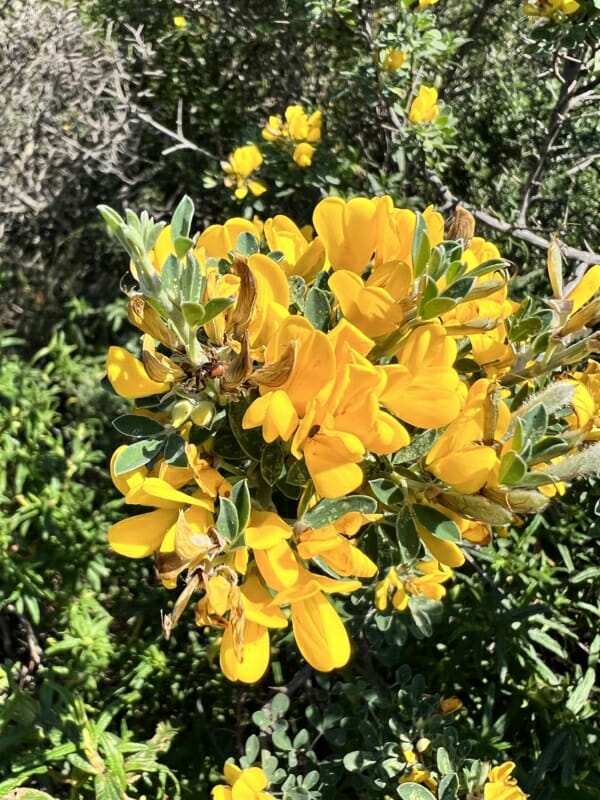
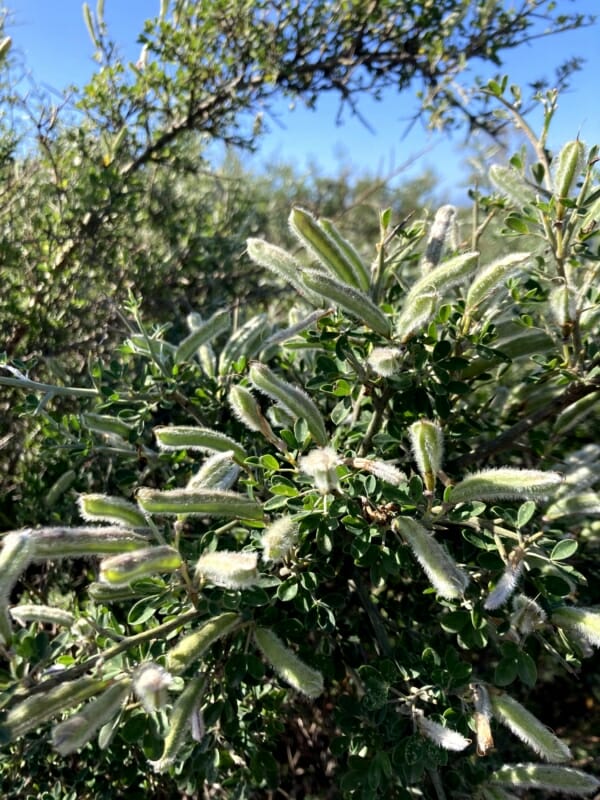
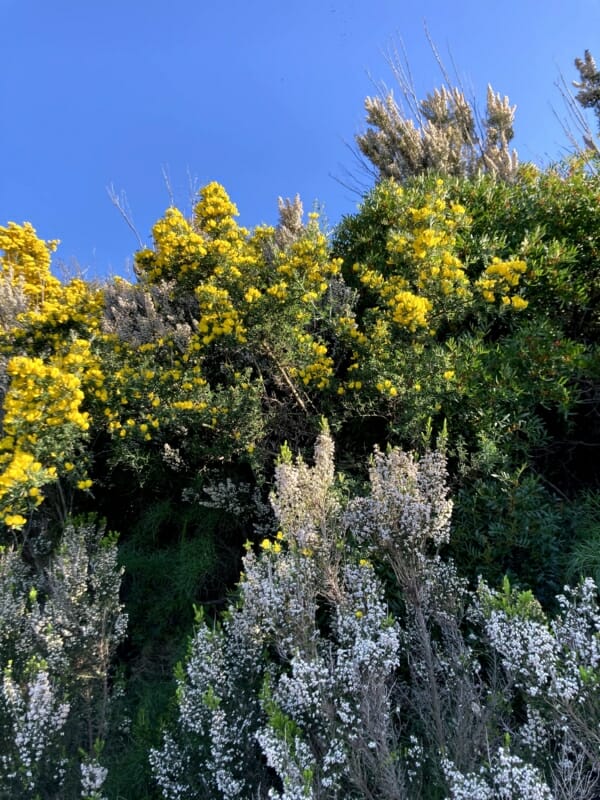

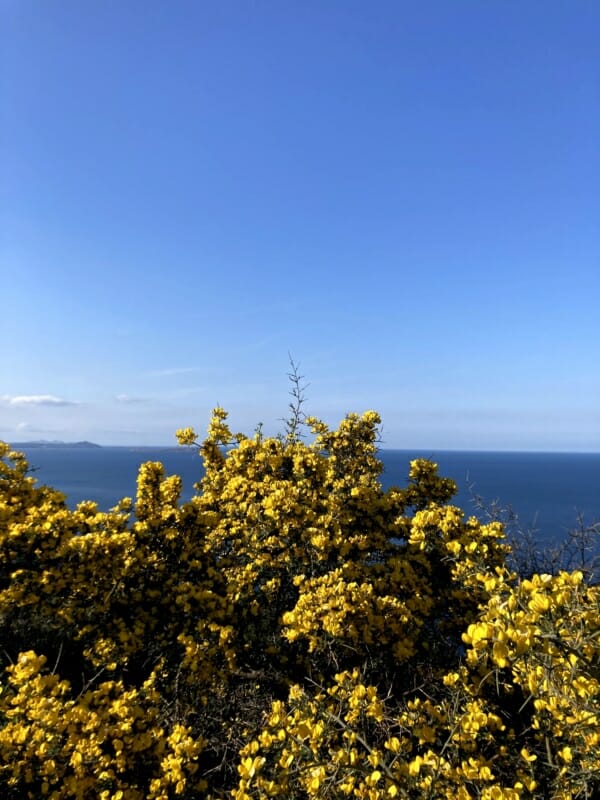

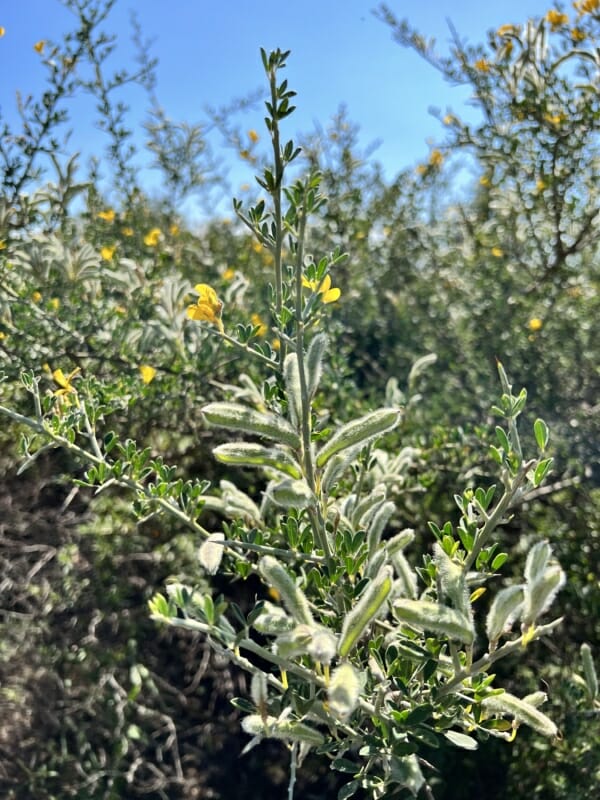
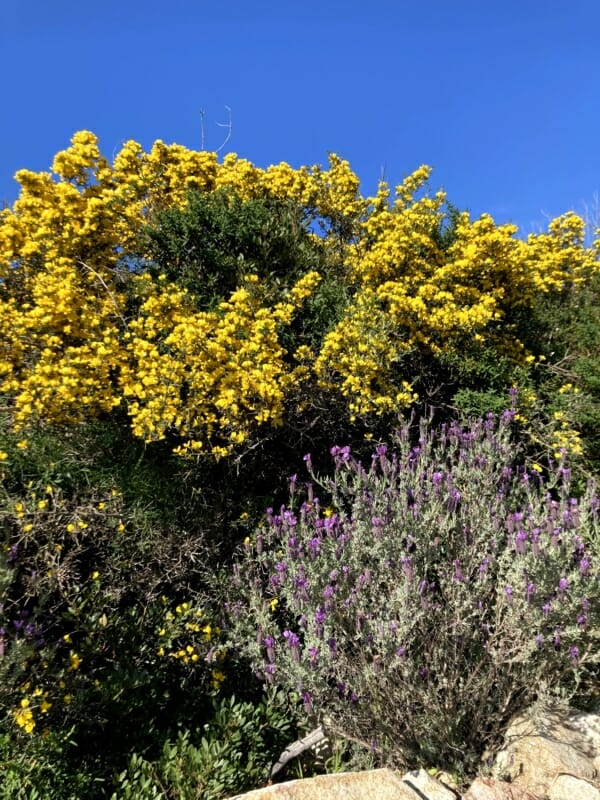













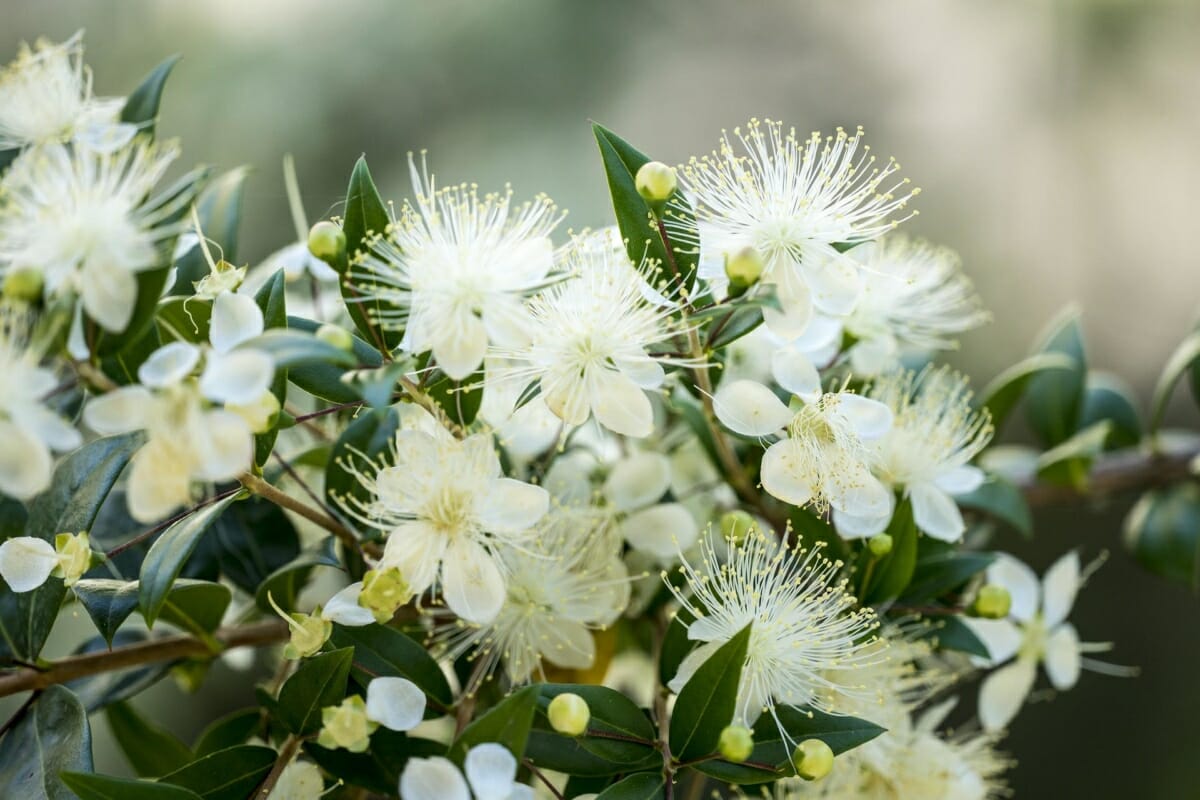

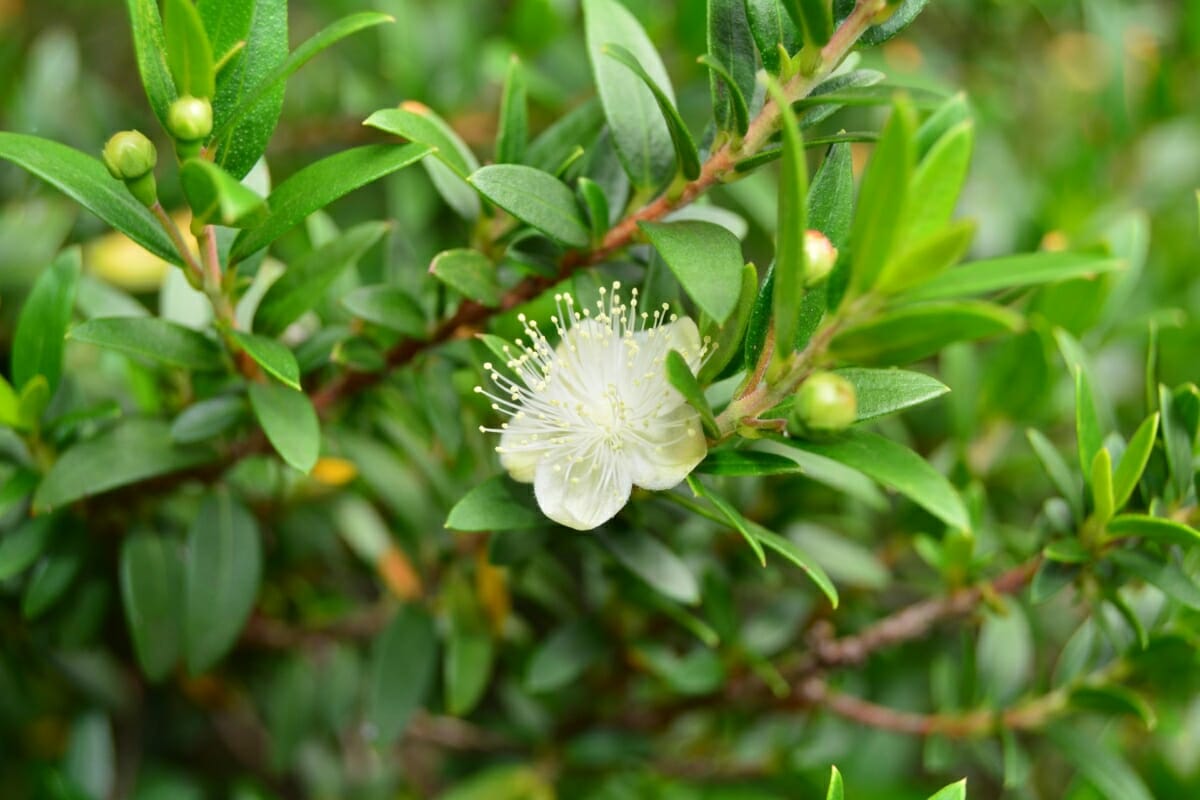


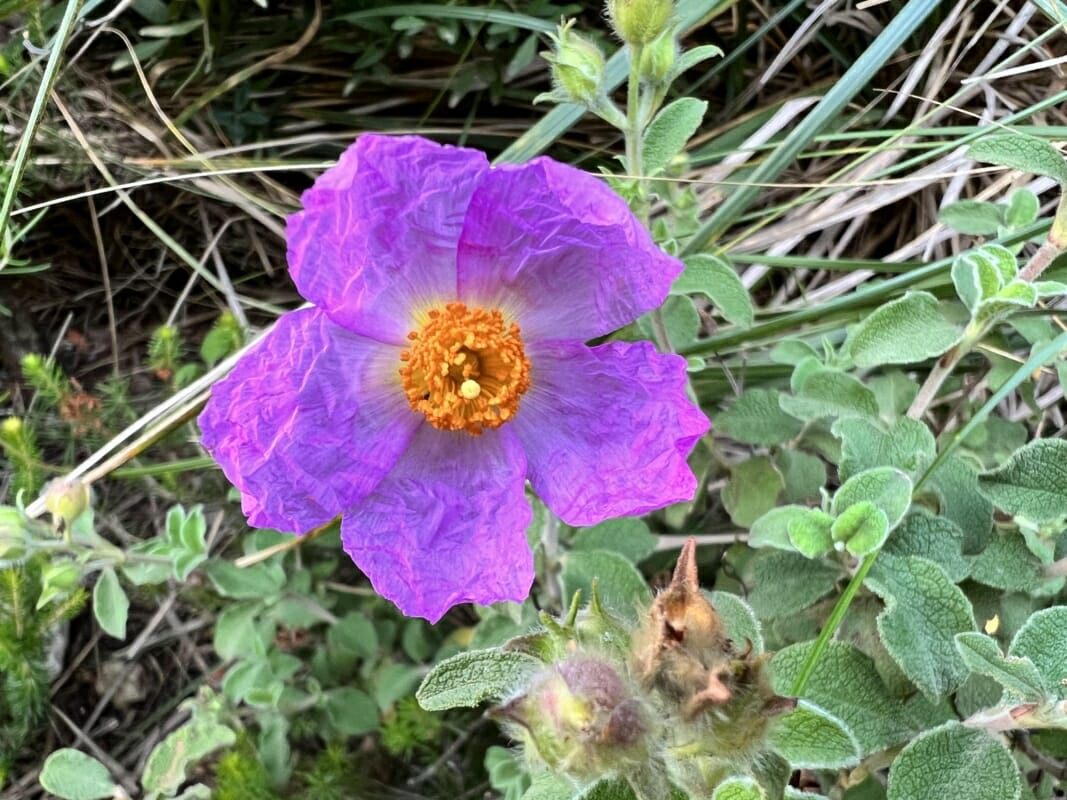
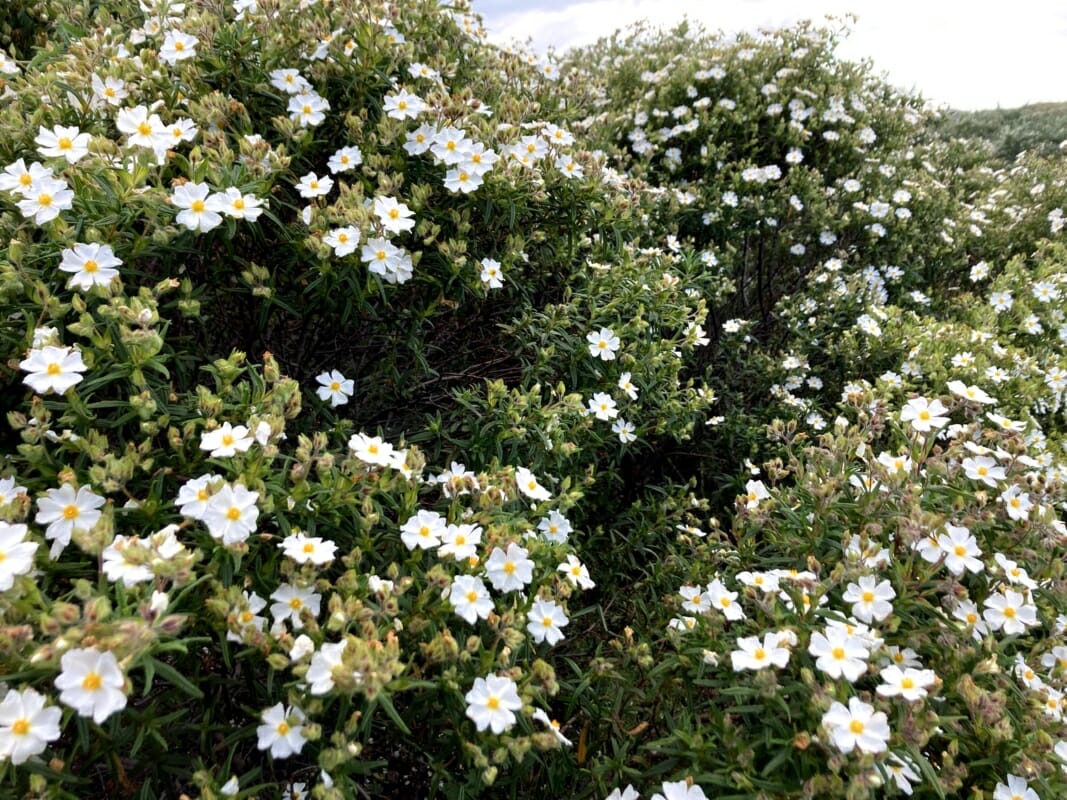


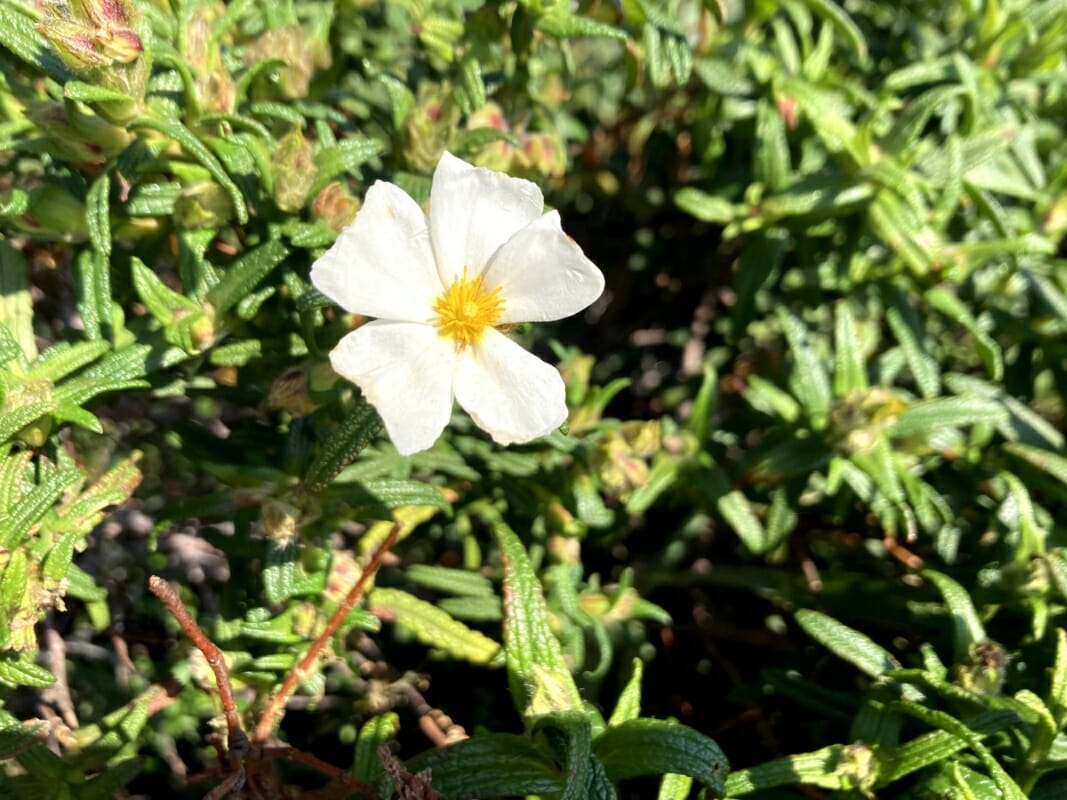









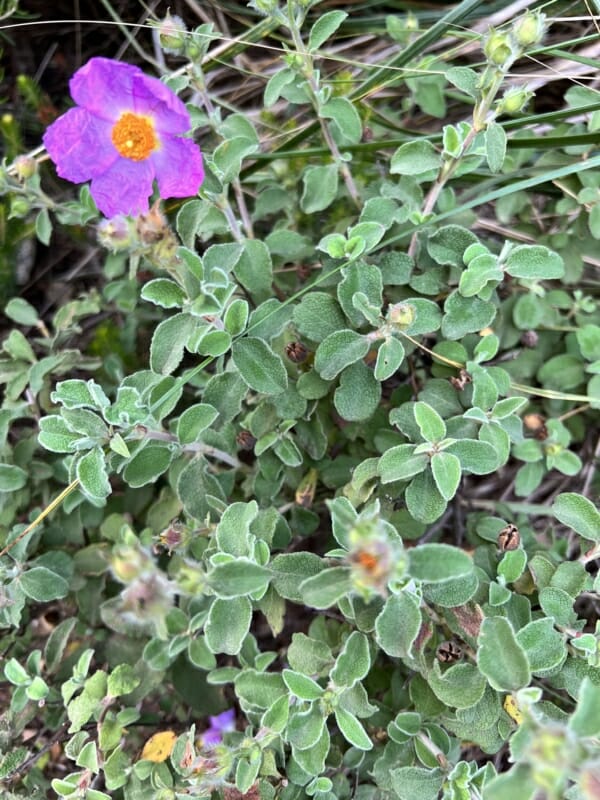
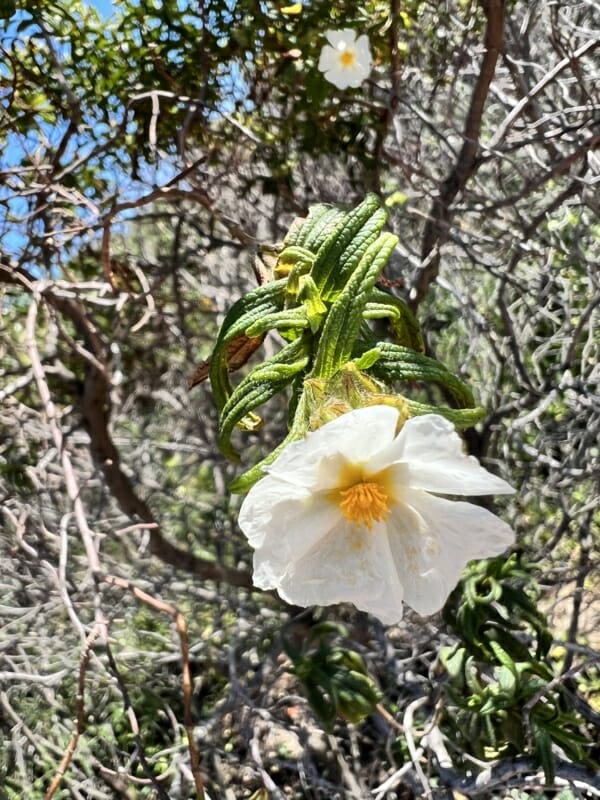










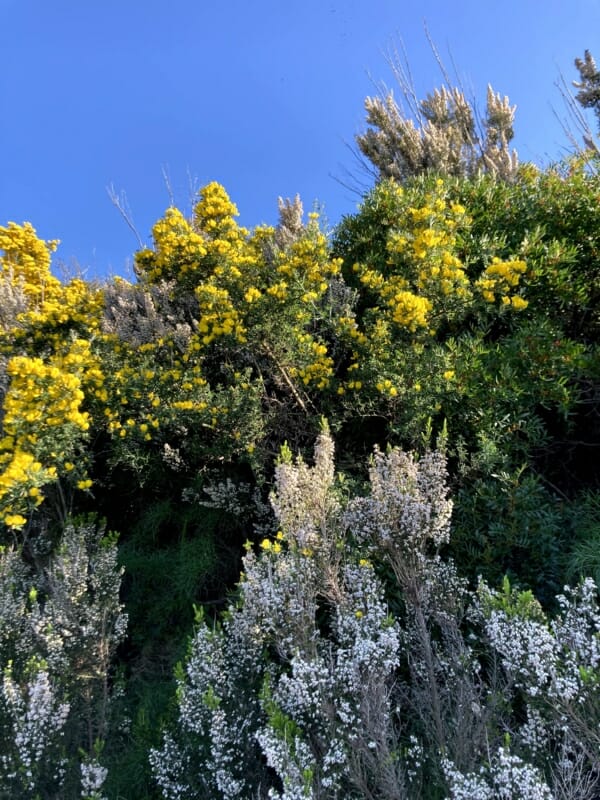




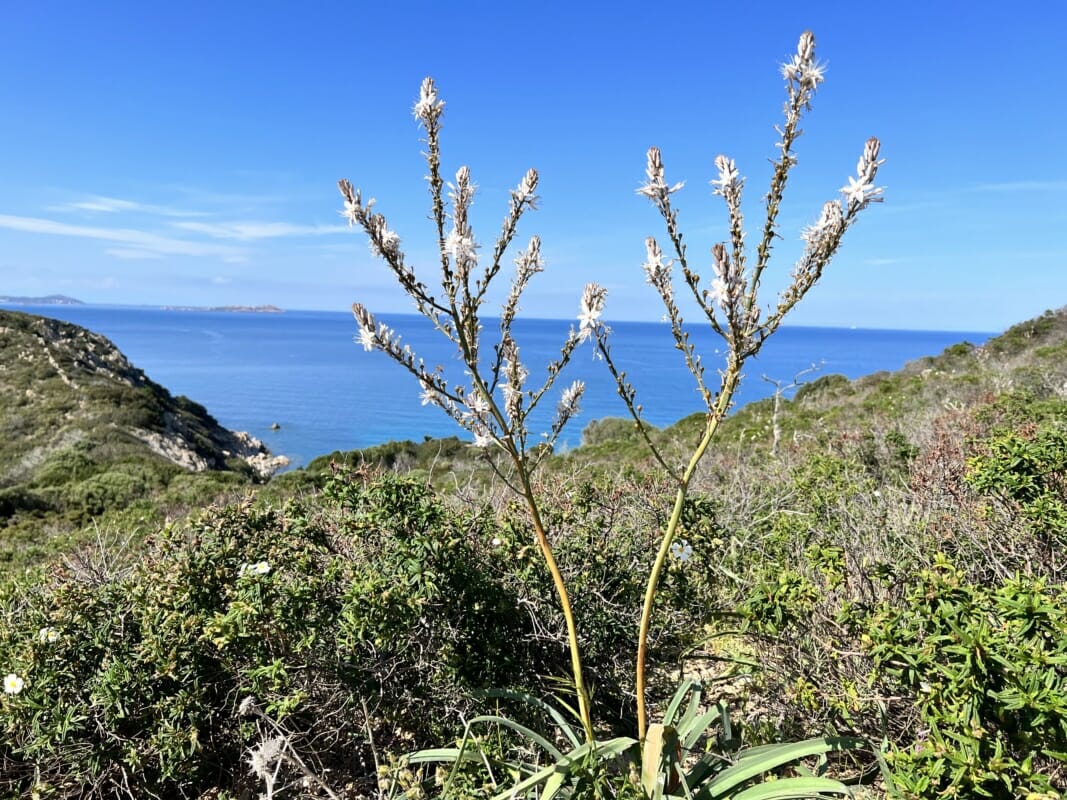


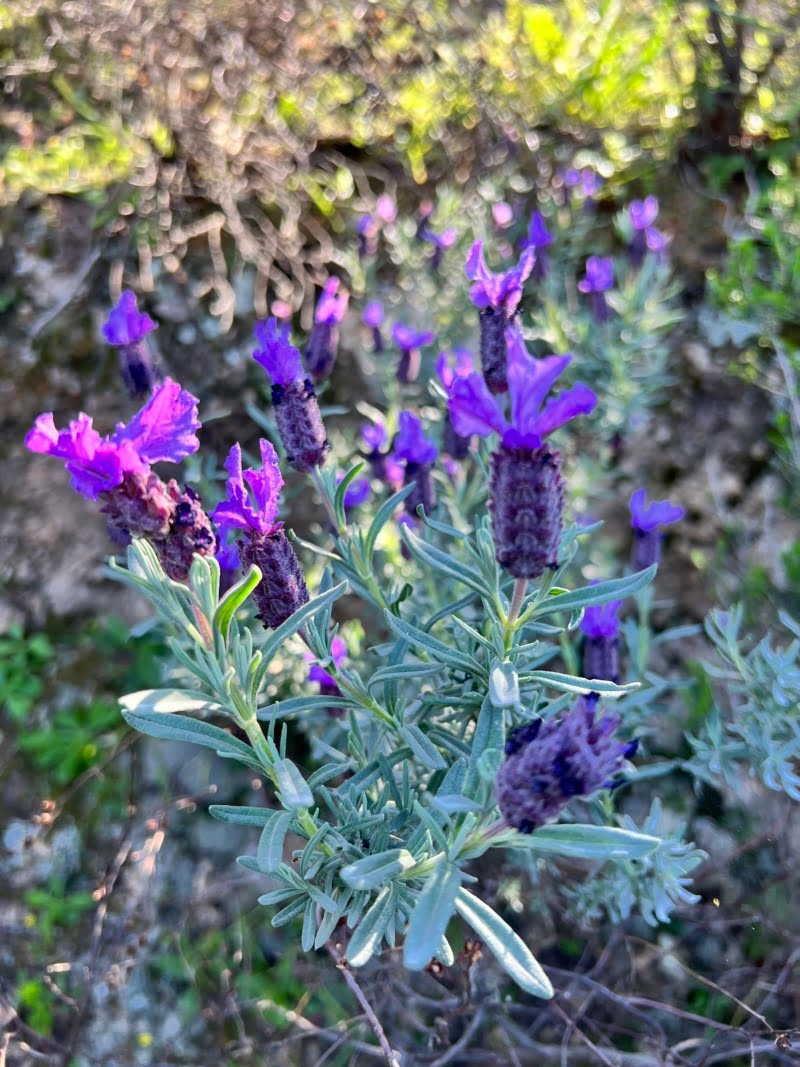


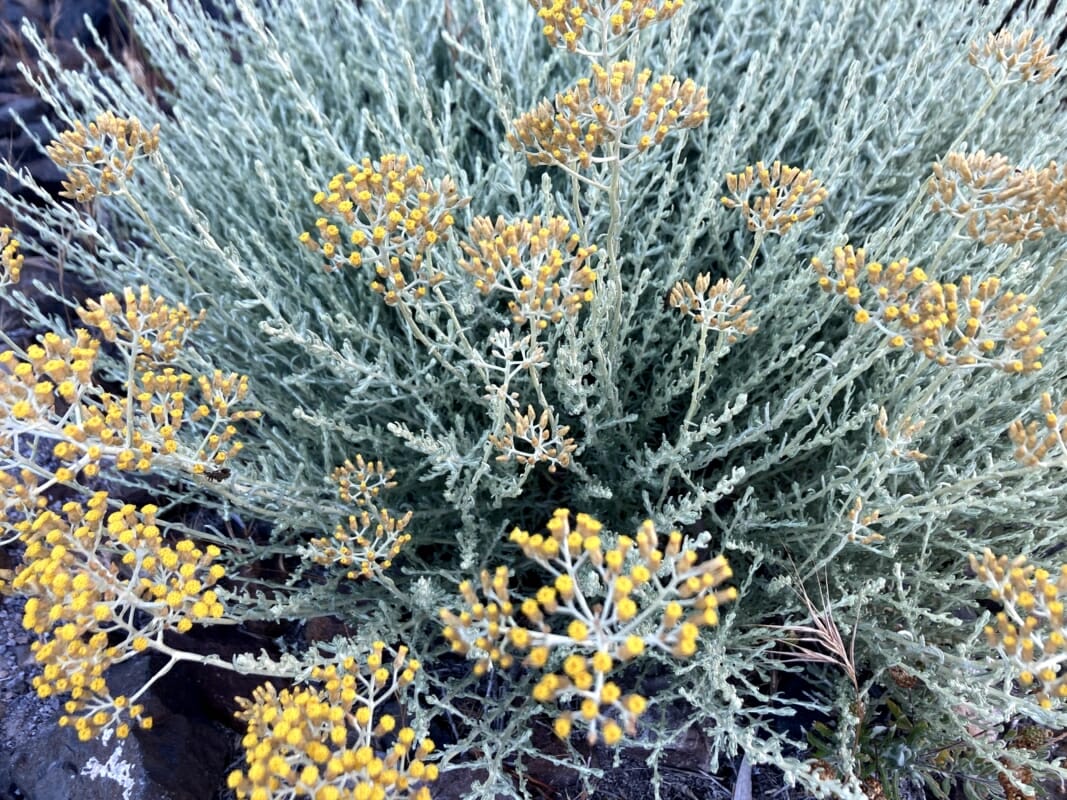




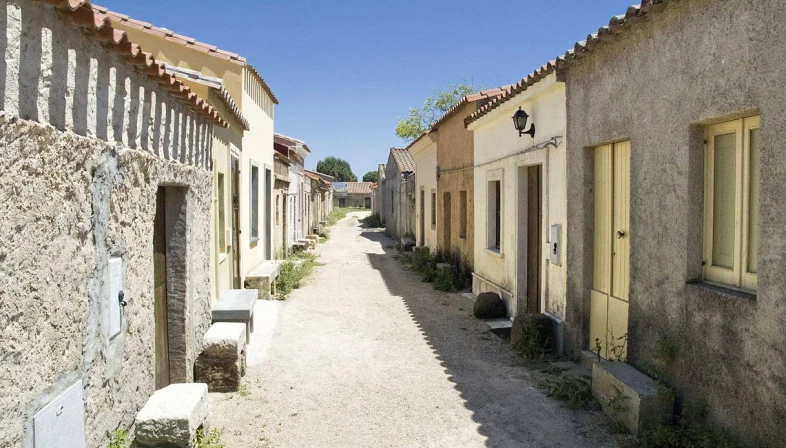





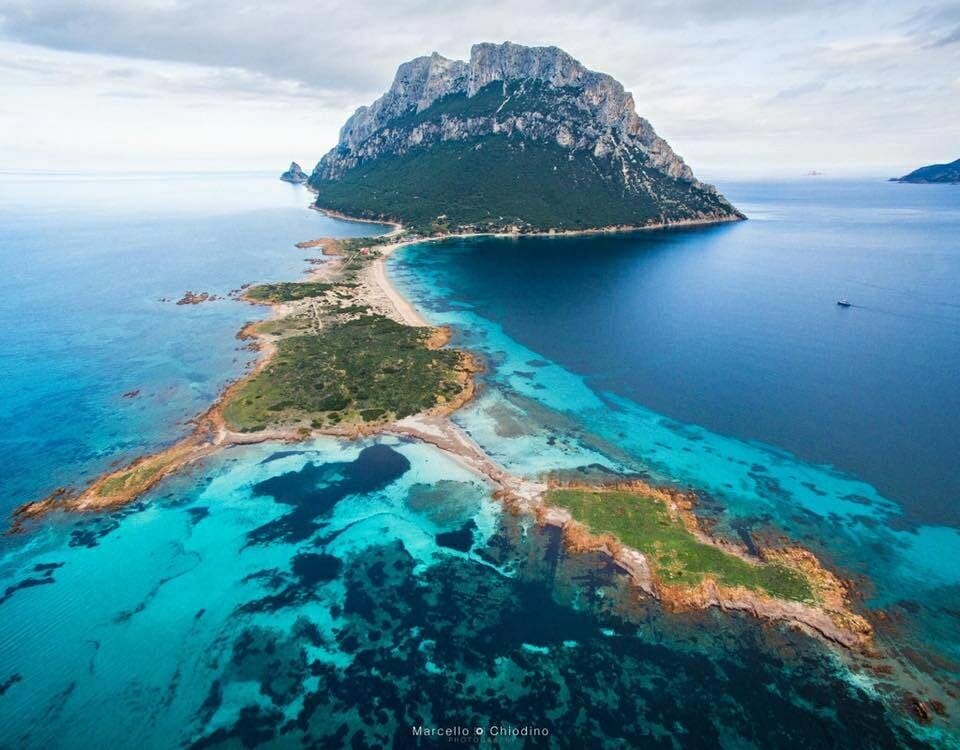
4 responses
hello. On the hill of golfo aranci, below the Guglielmo Marconi lighthouse, on the path I found some curious shaggy yellow flowers that defied the barren desert climate.
Can you tell me his name?
Hi Andrea,
It could perhaps be the flower that is commonly - and improperly - called yellow thistle; there are a few specimens in that area. It would be useful to know the period when you spotted it because, especially in spring, there are countless blooms that may match the description (cistus, broom, ferula, euphorbia...).
Yes you have a photograph maybe we can elaborate.
If you are curious and passionate, I also suggest a free app that I think is very useful, which recognises flowers and plants. It is called PictureThis and you can easily find it on the stores. This way when you see an interesting flower you can recognise it in real time.
If you like, you can also share with us photographs of flowers you encounter on your walks. You will contribute to spreading a culture of care and respect for our precious flora.
Quali tra queste contribuisce di più all’inconfondibile profumo della macchia di Sardegna, che si sente soprattutto al mattino e sulla costa?
Quel tipico profumo è dell’elicriso 🙂